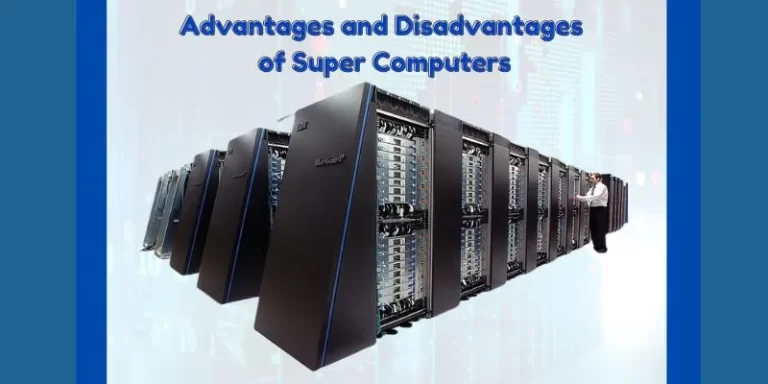What is Data Mesh and Why Does it Matter?

In today’s day and age of modern technology, businesses are starting to realize the true potential of decisions driven by data. Large sums of money are being spent to acquire a robust data repository and data management systems that further optimize this process of decision-making.
But, just storing large amounts of data is of no use, unless the personnel is able to access it at the time they need it most. This is where newer data management systems like a data mesh come into the picture. So, what exactly is a data mesh and how is it better than the conventional methods of data storage?
What is a data mesh?
A data mesh in simplified terms is a radical approach towards data management that is geared towards enabling the creation of a decentralized system of data ownership, wherein every stakeholder is promised easy, hassle-free access to data.
It advocates the idea of treating each domain of a company as a separate entity that will handle their respective share of responsibilities with regard to data pipelines, thus ensuring more accountability.
What are the tenets of a data mesh?
Now that the basic foundation has been laid, the next step is to understand what makes up the core of a data mesh. This is crucial in arriving at the answer to the question- what is data mesh? So, without further ado, the tenets of a data mesh architecture are:
Check Russia has Big Plans for Cryptocurrency
1) Creation of domains
Data mesh puts forth the prospect of creating individual domains, each responsible for their own functioning. Ownership of data is granted on the basis of what function each of these domains serves, thus ensuring that all end users have access to the information that they’re in dire need of.
2) Conceptualizing data as a product
Data mesh envisages an outlook where data is thought to be a product with ownership granted to all its vested interests. Every domain owns its respective share and holds collected responsibility towards the upkeep of all the components of a data pipeline.
3) Governance of data at its point of origin
Data governance is a headache, but thanks to this clear-cut designation of responsibilities, a concern in its functioning can easily be detected, right down to the domain where it originated from and rectified later.
Check Create the Perfect Website For Your Business
What are the benefits of adopting a data mesh architecture?
More and more companies are opting to integrate data mesh into their existing data management infrastructure. What explains this phenomenon? What are the intrinsic benefits of a data mesh architecture?
- Improved data accessibility
This is arguably the biggest advantage of a data mesh in comparison to the conventional forms of data management. Data accessibility is at the core of a data mesh with its unique decentralized system that ensures that all end users avail of data at the time they need it most.
- Faster decision-making
The distinct advantage of a data mesh is that data is processed without going through the redundant step of being transferred into a data lake. This essentially translates into a faster interpretation of large amounts of information, and hence quicker data-driven decisions being made.
- Better accountability
Like it was discussed earlier, a data mesh envisions a system where multiple domains can work independently. Each of these domains is held responsible for managing their respective pipelines. This ensures better accountability among the different stakeholders who’re now each entitled to ensure the smooth functioning of their domains. It also becomes easier for larger corporations to pick up a slight niggle and work on it at the level of the domain itself in order to restrict the damage and contain a lapse in judgment.
- More flexibility
Yet another advantage of using a data mesh is that it allows businesses to make use of multiple platforms for the purpose of data aggregation, as opposed to a single data platform, like in the case of the older data management systems. This gives corporations a ton of freedom and a chance to customize data pipelines according to the convenience or specifications of the project they’re currently working on.
- Improved data security
With data mesh, end-users need not make use of a public network to retrieve data from a central repository like a data lake. In here, each and every transaction gets routed through where the data resides, effectively circumventing the issue of using a public platform. This technology minimizes the chances of a terminal data breach, protecting sensitive data from the eyes of malicious hackers.
Check Uses of The Internet
Conclusion
A data mesh is an improvement over the traditional data aggregation platforms on every count. Better accountability, improved security measures, and faster rates of decision-making have all contributed to its success.






